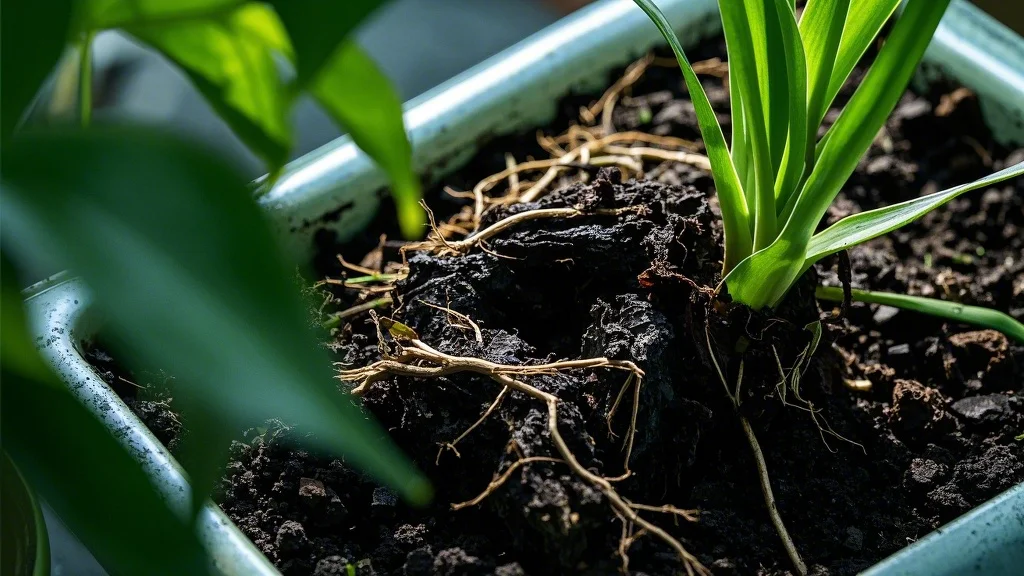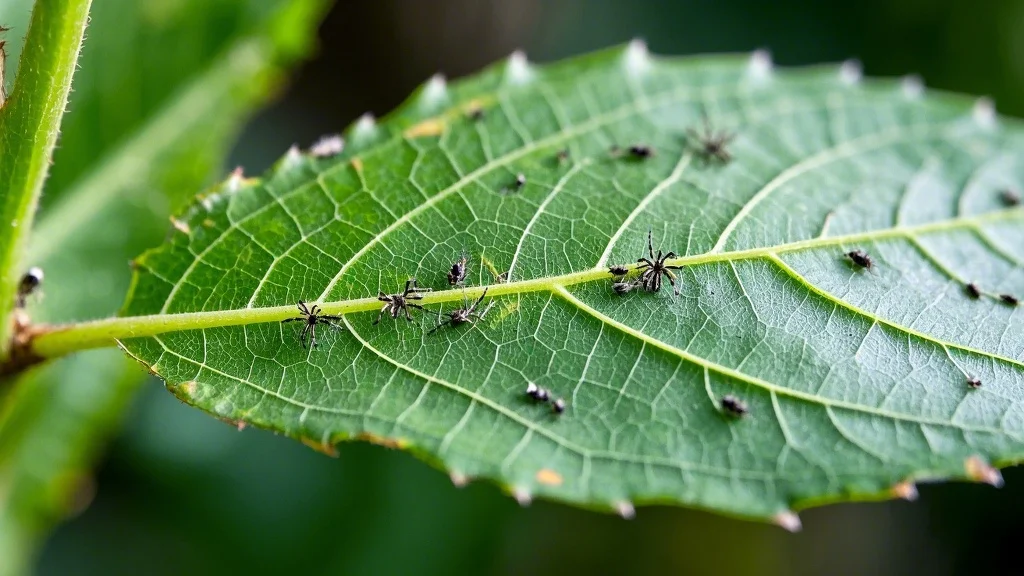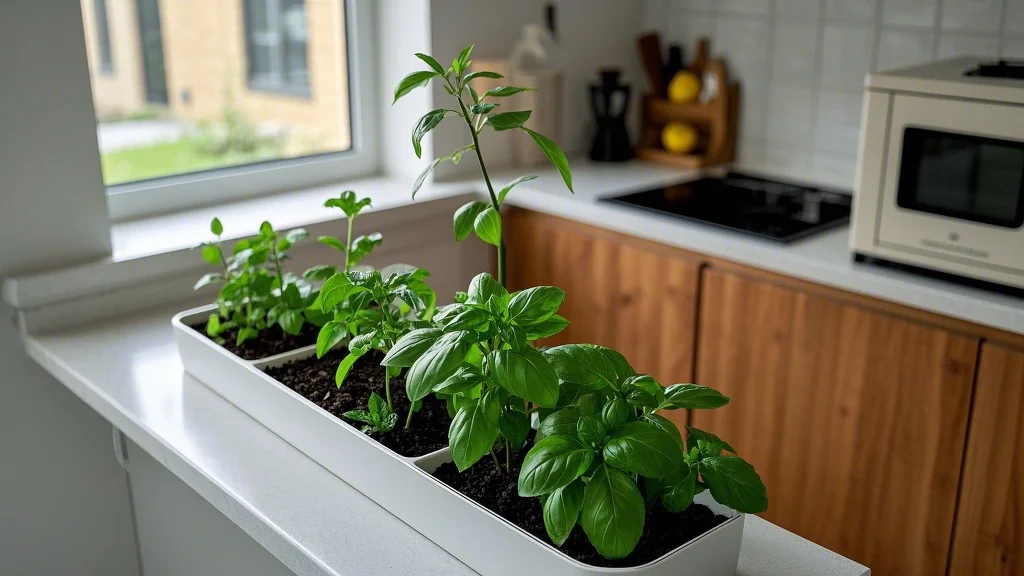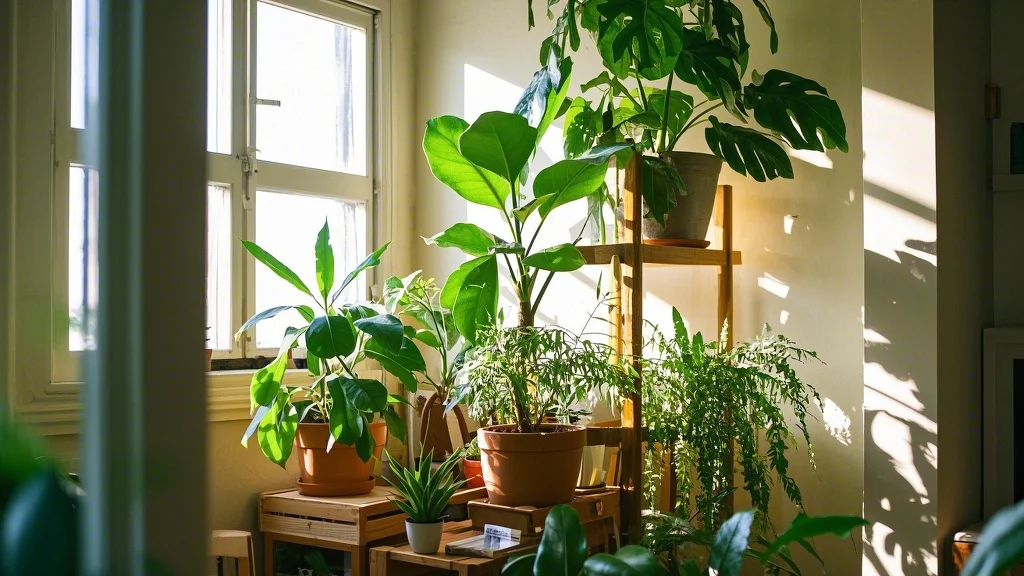When I first began my indoor gardening journey, I envisioned my apartment transformed into a lush urban jungle within weeks. Reality had other plans. My early days of plant parenthood were marked by yellowing leaves, mysterious spots, and the occasional dramatic plant collapse. What I didn’t realize then was how these “failures” would become my greatest teachers.
If you’re new to houseplants or finding yourself frustrated by setbacks, this article is my gift to you—a candid look at my five biggest plant mistakes and the invaluable wisdom they provided. By sharing these experiences, I hope to spare you some heartache while reminding you that every struggling plant is an opportunity to grow your knowledge.
Let’s explore the missteps that shaped my journey from plant killer to confident indoor gardener.
Contents
Mistake #1: The Great Overwatering Disaster

What Happened
My first major plant catastrophe involved a beautiful peace lily that I was determined to keep “perfectly hydrated.” Convinced that more water meant more love, I established a rigid twice-weekly watering schedule, regardless of season, humidity, or the plant’s actual needs. Within a month, my once-vibrant peace lily developed yellow leaves, then brown tips, and finally a concerning mushy stem.
When I finally removed it from its pot to investigate, I discovered black, foul-smelling roots—classic root rot. Despite my best intentions, I had literally drowned my plant with kindness.
The Painful Lesson
Overwatering is the silent killer in the houseplant world. More plants die from excessive moisture than almost any other cause. What makes this mistake particularly insidious is that the early symptoms—wilting, yellowing leaves—can appear similar to underwatering, leading inexperienced gardeners (like I was) to add even more water to an already drowning plant.
What I Learned
This experience taught me that plants communicate their needs if we pay attention. Now, before watering any plant, I:
- Check the soil moisture by inserting my finger 1-2 inches deep—if it feels damp, I wait.
- Consider the specific plant’s needs rather than applying a one-size-fits-all watering schedule.
- Factor in environmental conditions like season, humidity, and temperature that affect how quickly soil dries out.
- Look for visual cues from the plant itself—slight drooping in plants like peace lilies can signal genuine thirst.
- Use well-draining pots with drainage holes to prevent water from pooling at the bottom.
Most importantly, I learned that when it comes to watering, it’s better to underwater than overwater. Most plants can recover from a brief drought, but root rot often means game over.
Mistake #2: Ignoring Light Requirements
What Happened
Armed with a list of “low-light plants” from a questionable internet source, I confidently placed a fiddle leaf fig in the darkest corner of my north-facing apartment. I was certain that my occasional pep talks would compensate for the lack of sunlight.
Within weeks, my fiddle leaf fig began dropping leaves at an alarming rate. The remaining leaves developed brown spots and looked increasingly sad. I tried everything—different watering routines, fertilizers, even playing classical music—all while keeping it in the same dim corner.
The Painful Lesson
No amount of care can compensate for inappropriate light conditions. Even so-called “low-light plants” need some light to photosynthesize—they’re just more tolerant of lower light conditions than others. My fiddle leaf fig, which actually requires bright, indirect light, was essentially starving in that dark corner.
What I Learned
This experience completely changed my approach to placing plants:
- Research each plant’s specific light requirements before purchase, not after problems develop.
- Understand my home’s light conditions by observing how sunlight moves through different rooms throughout the day.
- Match plants to appropriate locations based on their light needs, not just where I want them aesthetically.
- Recognize that “low light” doesn’t mean “no light”—even shade-tolerant plants need some brightness to thrive.
- Consider supplemental grow lights for spaces that can’t provide adequate natural light.
After moving my surviving fiddle leaf fig to a bright spot near an east-facing window, it eventually recovered and is now one of my most thriving plants. This taught me that plants don’t adapt to our design preferences—we must adapt our spaces to their biological needs.
Mistake #3: The Repotting Frenzy
What Happened
After my early disasters, I became determined to be a more attentive plant parent. I read somewhere that plants need repotting annually, and I took this advice to heart—perhaps too enthusiastically. One spring weekend, I decided to repot my entire collection, regardless of size or condition.
Armed with fresh potting soil and containers two sizes larger than their current homes, I spent hours “upgrading” every plant I owned. Within weeks, several plants showed signs of distress—wilting despite adequate water, stagnant growth, and in some cases, rapid decline.
The Painful Lesson
Repotting is stressful for plants, and doing so unnecessarily can cause significant setbacks. Additionally, placing plants in pots that are too large can lead to soil that stays wet for too long, creating conditions for root rot (bringing me full circle to Mistake #1).
What I Learned
My repotting rampage taught me several crucial lessons:
- Repot only when necessary—typically when a plant is root-bound or showing signs it needs more space.
- Size up gradually—move to a pot only 1-2 inches larger in diameter than the current one.
- Consider the plant’s growth rate—fast-growing plants may need repotting annually, while slow-growers can stay put for years.
- Time repotting appropriately—most plants prefer repotting during their active growing season (typically spring).
- Some plants actually prefer being slightly root-bound—many flowering plants bloom better with slightly restricted roots.
I now approach repotting with much more restraint, asking myself, “Does this plant actually need a new home?” before disrupting its root system. This more thoughtful approach has resulted in healthier plants and fewer post-repotting casualties.
Mistake #4: Fertilizer Overdose
What Happened
After learning about the importance of nutrients for plant growth, I became convinced that more fertilizer would lead to bigger, better plants. I purchased a high-concentration liquid fertilizer and began applying it weekly to all my plants, regardless of type or season.
The results were disastrous. My pothos developed crispy brown leaf edges, my spider plant’s tips turned black, and my African violet—which had been flowering beautifully—dropped all its blooms. The soil in several pots developed a whitish crust, and some plants wilted despite adequate moisture.
The Painful Lesson
Fertilizer is not plant food—it’s more like vitamins. Plants primarily need light and water to create their own food through photosynthesis. Excess fertilizer can burn roots, create toxic salt buildup in soil, and actually stress plants rather than helping them.
What I Learned
This expensive mistake taught me to approach fertilizing with much more caution:
- Follow package directions exactly—fertilizer concentrations are carefully calculated.
- Less is more—it’s better to under-fertilize than over-fertilize.
- Consider seasonal needs—most houseplants need little to no fertilizer during fall and winter when growth naturally slows.
- Different plants have different nutritional requirements—flowering plants often need different formulations than foliage plants.
- Newly repotted plants don’t need immediate fertilizing—fresh potting mix typically contains sufficient nutrients.
I now use a diluted, balanced fertilizer at half the recommended strength during the growing season, and I’ve seen much better results. I’ve also learned to recognize the difference between plants that need nutrients and those suffering from other issues, which has prevented unnecessary fertilizing.
Mistake #5: Ignoring Pest Problems Until Too Late

What Happened
When I first noticed tiny webs on my string of pearls plant, I brushed them away and thought nothing more of it. A few weeks later, I spotted some small specks moving on the undersides of leaves on a nearby pothos, but I was busy and decided to “deal with it later.”
By the time “later” arrived, spider mites had spread to nearly half my collection. My string of pearls was beyond saving, my pothos was struggling, and I was facing a full-blown infestation that took months to control.
The Painful Lesson
Pest problems rarely resolve themselves and almost always spread if left untreated. What starts as a minor issue with one plant can quickly become a battle for the survival of your entire collection. Additionally, stressed or weakened plants (perhaps from my previous mistakes) are more susceptible to pest attacks.
What I Learned
This experience completely changed how I monitor my plants:
- Inspect new plants thoroughly before bringing them home—quarantine them for at least two weeks away from existing plants.
- Check plants regularly—I now make a habit of examining leaves (including undersides) and stems during routine care.
- Act immediately at the first sign of trouble—early intervention is key to preventing widespread problems.
- Learn to identify common pests—knowing what spider mites, mealybugs, scale, and fungus gnats look like has helped me catch problems early.
- Have treatment options ready—I keep neem oil, insecticidal soap, and other remedies on hand for quick response.
Perhaps most importantly, I learned that maintaining overall plant health through proper light, water, and care makes plants naturally more resistant to pest problems. Many of my pest issues were exacerbated by plants already weakened from my earlier care mistakes.
The Bigger Lessons: What All These Mistakes Taught Me
Looking back at these five major mistakes, I realize they collectively taught me some profound lessons about plant care and, surprisingly, about life itself:
Patience Is Essential
Plants operate on their own timeline. Growth, recovery, and change happen gradually. Learning to observe without constantly intervening has made me a better plant parent and helped me develop patience in other areas of my life.
Observation Trumps Intervention
So many of my mistakes stemmed from acting without observing. Now, when I notice a plant issue, my first response is to watch and gather information rather than immediately reaching for solutions that might create new problems.
Consistency Matters More Than Perfection
Plants don’t need perfect care—they need consistent care that meets their basic needs. This realization has reduced my plant anxiety and helped me develop sustainable routines rather than exhausting myself with complex care regimens.
Every Plant Is an Individual
Just as no two people are exactly alike, plants of the same species can have different preferences and responses based on their history and environment. Learning to treat each plant as an individual has made me more attentive to their specific needs.
Failure Is the Best Teacher
While reading plant care guides is valuable, nothing has taught me more than my failures. Each plant that didn’t make it provided lessons that have helped dozens of others thrive. I’ve learned to view plant struggles not as defeats but as educational opportunities.
Conclusion: Embracing the Journey
If you’re currently feeling discouraged by plant problems or beating yourself up over a dying fern, I hope my confessions provide some comfort. Every experienced plant enthusiast has a graveyard of former plants that contributed to their knowledge.
The path to becoming a confident indoor gardener isn’t about avoiding mistakes—it’s about making them, learning from them, and approaching each new plant with slightly more wisdom than before. My apartment is now filled with thriving plants, not because I never make mistakes anymore, but because I make different, smaller ones and catch them earlier.
So go ahead—kill a few plants (unintentionally, of course). Let their demise teach you something valuable. Take notes, adjust your approach, and try again. The most rewarding aspect of urban gardening isn’t creating a perfect indoor jungle on your first attempt—it’s watching your knowledge and confidence grow alongside your plants.
What plant mistakes have taught you the most valuable lessons? Remember that in the garden of experience, even the weeds of failure have something important to teach us.
Looking for more honest plant care advice? Visit OwnGardens.com for practical guides that acknowledge the realities of urban plant parenthood—mistakes and all.









